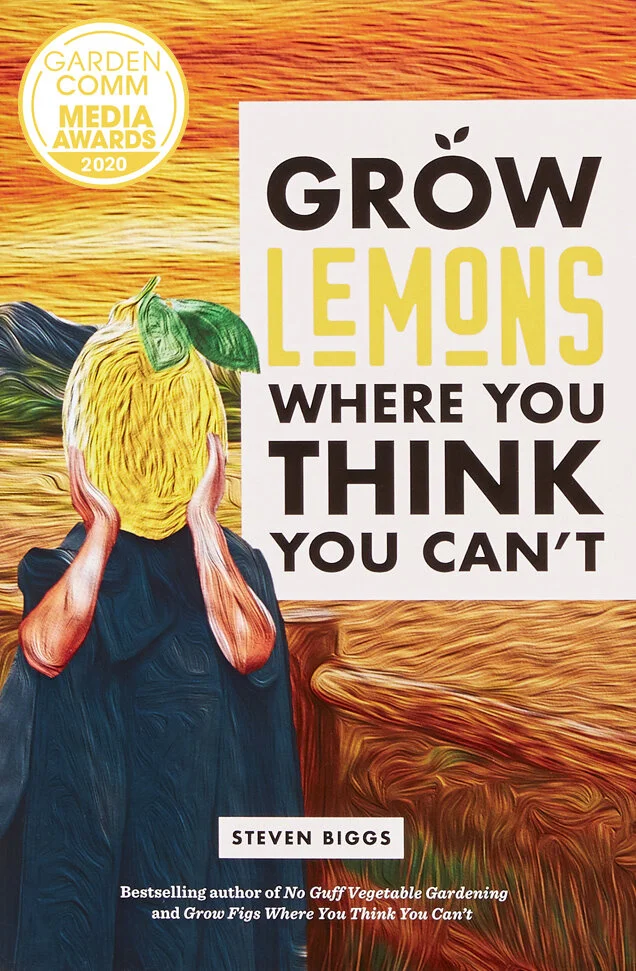We chat with forager and a wild-food educator Mike Krebill in Iowa.
Krebill shares foraging tips, his insights into teaching, his approach to outdoor education—and stories from the years he spent teaching a grade seven elective course on foraging.
Krebill’s new book is A Forager’s Life: Reflections on Mother Nature and my 70+ Years of Digging, Picking, Gathering, Fixing and Feasting on Wild Edible Foods.
Foraging as an Elective
Krebill’s grade seven elective course about foraging was so popular that the school held a lottery to choose which students could take it.
Not a fan of having students read out loud from textbooks, Krebill included lots of hand’s on learning in the class, along with field trips on horseback, by canoe, by bike, and hikes around the neighbourhood.
Dandelion Doughnuts
One of the activities in the foraging class was making dandelion doughnuts—dandelion flowers fried in pancake batter.
While the flower petals are mild, the flower stalk and green portion of the flower are very bitter. Krebill demonstrated to his class the right way to consume the petals while leaving behind the green, bitter portion. (Unfortunately, when the class took the dandelion doughnuts around the school to feed to other teachers, this warning about the bitter portion wasn’t shared!)
Krebill says that students still get in touch to find out how to make dandelion doughnuts, so that they can do it with their own children.
Giant Puffball
In another class, student learned how to cook slabs of giant puffball to crispy, golden perfection.
Krebill explains the importance of finding the bottom of a puffball, and then cutting down the middle from top to bottom to look for indications of a stem or cap—which can indicate that it’s not a puffball…but is a poisonous type of mushroom.
A puffball has a black root-like structure at the bottom. If this has been removed, it’s still possible to find the bottom. Set the puffball on a counter and wait until it stops rolling. Like a flat tire, the bottom of a puffball is flat.
Sumac
Hands-on learning means not all in-class activities work the first time. Krebill says many students were interested in making sumac lemonade. It took 20 years of experimenting to get the sumac lemonade recipe just right.
The sumac berries, he explains, should be picked at the stage he describes as “super sour” — sour enough to cause you to squint your eyes, but then relax. One year his class made lemonade using sumac berries that were at a more sour stage. “The aftertaste would peel paint off metal,” he says with a laugh.
A Forager’s Life
Mike Krebill’s new book is, A Forager’s Life: Reflections on Mother Nature and my 70+ Years of Digging, Picking, Gathering, Fixing and Feasting on Wild Edible Foods.
He is also the author of, The Scout's Guide to Wild Edibles.



